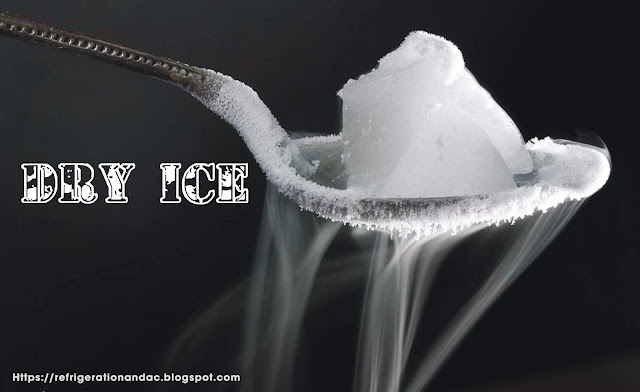It remains at a temperature of -109 F. while in a solid state at atmospheric pressure, and sublimes, that is, it goes directly from the solid to the vapor state without becoming a liquid. It has some desirable characteristics in that it does not wet the surfaces that it touches, and the gas given off is a preservative. The very low temperature maintained permits handling frozen foods without an expensive insulated container. It is used a great deal by ice cream vendors and delivery trucks.
The latent heat of sublimation is 248 Btu per pound. The heat absorbed by the vapor in passing from -109 F. to 32 F. is approximately 27 Btu per pound. This added to the latent heat of sublimation makes a total heat-absorbing capacity of 275 Btu per pound. This is a greater heat-absorbing value than for water ice. Dry ice is generally more expensive per pound than water ice.
Tags:
Basics of Refrigeration
